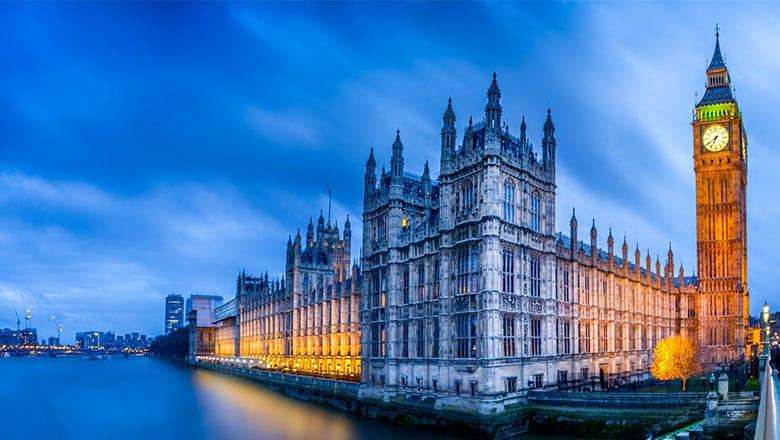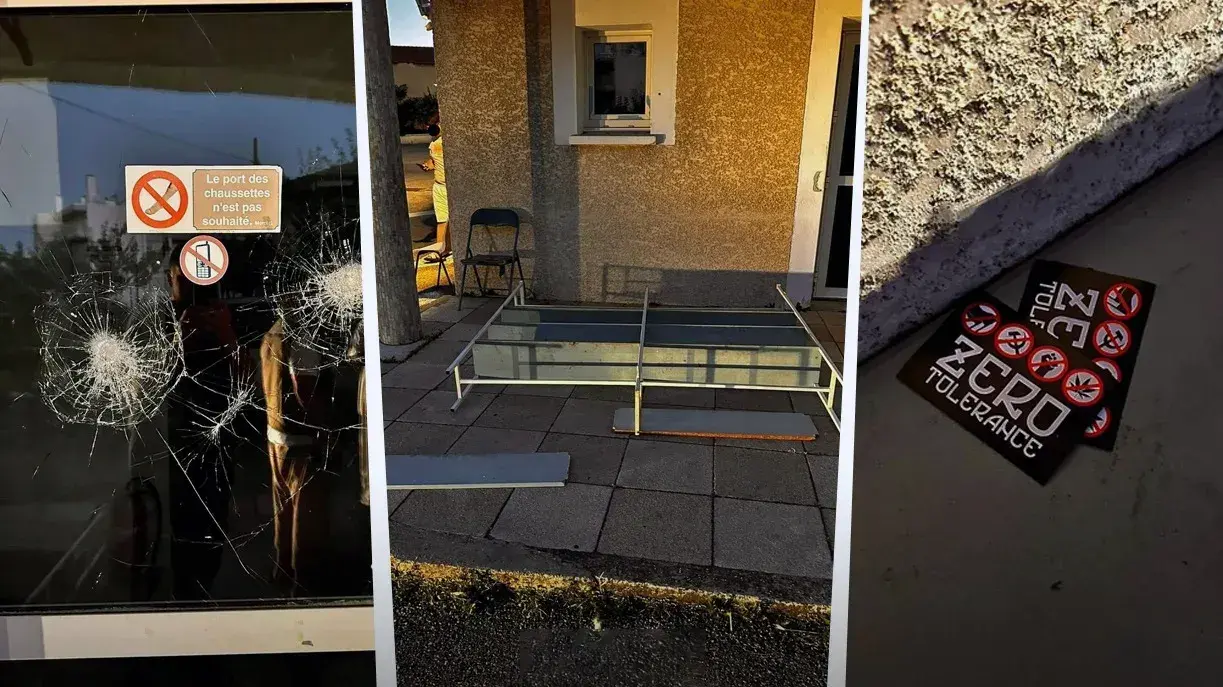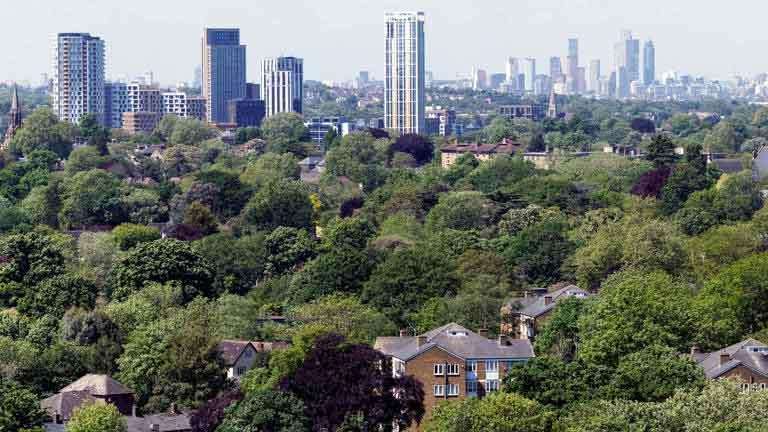Sadiq Khan made his stance unmistakably clear in his 2016 mayoral manifesto: “I will oppose building on the green belt, which is even more important today than it was when it was created.” Fast forward to today, and his position has shifted dramatically. In a landmark speech last week—marking one of the most significant changes to London’s planning policy since the post-war era—the Mayor acknowledged that his views have evolved.
He now considers the current protections of the green belt to be “wrong, out-of-date and simply unsustainable,” a stark reversal from his previous view of its “sacred” status.
So, what triggered this dramatic turnaround? The reality is stark: London’s housing development model has collapsed. Construction of new homes in Europe’s largest city has slowed to a near-standstill, with the latest data painting a bleak picture.
Figures from property analysts Molior reveal that private developers began work on only 1,210 new homes in the first quarter of this year—nowhere near the 88,000 homes annually targeted in the London Plan over the next decade.
The contrast with the situation ten years ago is striking. In early 2015, construction began on 9,117 unsold homes across 100 major sites—a sign of strong developer confidence. By comparison, the first quarter of this year saw just 323 unsold homes started, across a mere six sites.
Affordable housing numbers tell a similarly dire story. Most affordable homes are built through collaborations between private developers, housing associations, and City Hall. According to recent Greater London Authority data, only 4,411 affordable homes began construction in the year to April—an improvement over the previous year’s 3,244, but still a drastic drop from the 27,824 started in 2022/23.
So, why has London stopped building homes? This is more than just a policy issue—it’s a critical question with real-world consequences. The need for housing in London remains dire, particularly for those on waiting lists or in temporary accommodation.
As Khan highlighted in his recent planning speech, a whole generation is being squeezed out of the housing market. He spoke of young professionals stuck living with their parents, families forced to leave the city, people enduring poor living conditions, and even primary schools shutting down due to families being priced out.
There are also significant political implications. Labour leader Keir Starmer’s goal of delivering 1.5 million new homes during the next parliamentary term hinges on London’s construction sector picking up steam. If Labour can’t prove progress by the 2029 general election, the political cost could be steep.
Experts say the construction slowdown is driven by a mix of external pressures and self-inflicted setbacks. Tim Craine, founder and director of Molior London, summed it up: “When it comes to housebuilding in London, all the stars are aligned in the worst possible way. Material costs are up, labour costs are up, interest rates are high—every aspect is affected by inflation. When you total those costs, there’s no profit left to go around.”
A prominent London housebuilding executive points out that, beyond economic pressures, a series of well-intentioned political decisions have also made building homes increasingly unviable. Developers now face growing layers of regulation, each adding to costs and delays. One particular concern is the "Gateway 2" approval—a requirement introduced in 2022 after the Grenfell Tower tragedy. Under this rule, any building taller than seven storeys must be signed off by the Building Safety Regulator before construction can begin. But significant backlogs are creating bottlenecks. As one frustrated housing developer put it, “I’ve got £1 billion tied up in London, but I can’t build a thing because of Gateway 2.”
A once-thriving model for financing new London homes—selling off-plan properties to wealthy foreign investors—has also collapsed. Although unpopular with the public, this approach helped fund developments, including affordable housing. But successive hikes in stamp duty and other taxes, followed by Chancellor Jeremy Hunt’s abolition of non-dom tax status, drove many foreign buyers away. While their departure may not stir public sympathy, these investors played a key financial role in supporting the city’s housing supply.
Ian McDermott, vice-chair of the G15 group of housing associations and CEO of Peabody, one of London’s largest housing providers, described the current conditions as a “perfect storm.” He explained: “This is the toughest environment we’ve ever experienced. Post-Grenfell safety standards have changed, construction costs have soared, and the shortage of skilled labour is critical. At the same time, more of our budget is being diverted to safety, upkeep, and management, reducing our ability to invest in new developments.”
Molior’s Tim Craine warned that the crisis has become so severe that it could take up to two decades to fully resolve. In the meantime, he said, Londoners' quality of life is likely to decline.
Could relaxing planning restrictions on the green belt help ease the crisis? Property experts agree it might offer some relief, but they caution it’s only one piece of a much larger puzzle. Adam Cradick, executive director at CBRE, noted: “The mix of financial unviability and long regulatory delays has led to a complete collapse in new housing supply. Releasing green belt land may help, but we urgently need broader action.”
A spokesperson for the Mayor defended his record, blaming a “disastrous inheritance” from the previous government for today’s struggles. They warned that housebuilding nationwide is on the brink of hitting historic lows and stressed the Mayor’s commitment to reversing the trend. “He’s looking at how parts of the green belt can be responsibly used for new homes and exploring ways to empower small and medium-sized builders, who once played a vital role in delivering housing across London.”
With the capital’s future growth hanging in the balance, many now hope these efforts will succeed—because without a steady supply of new homes, London’s ability to thrive is at serious risk.








.svg)




_4.jpg)